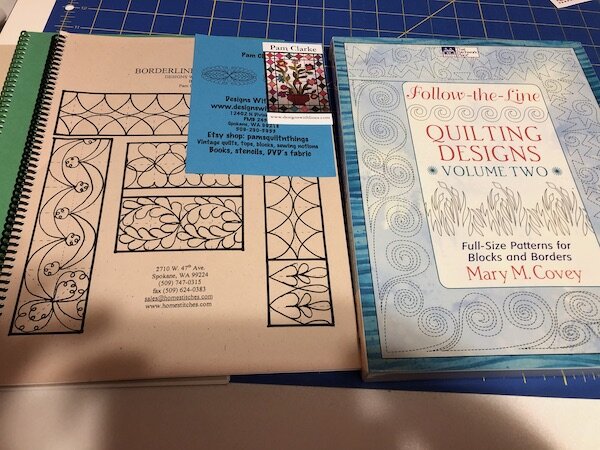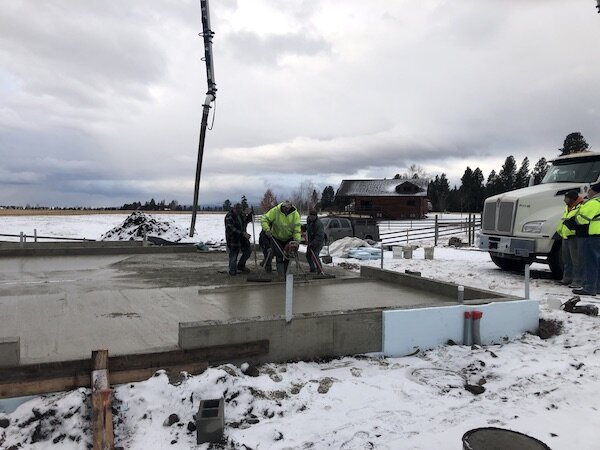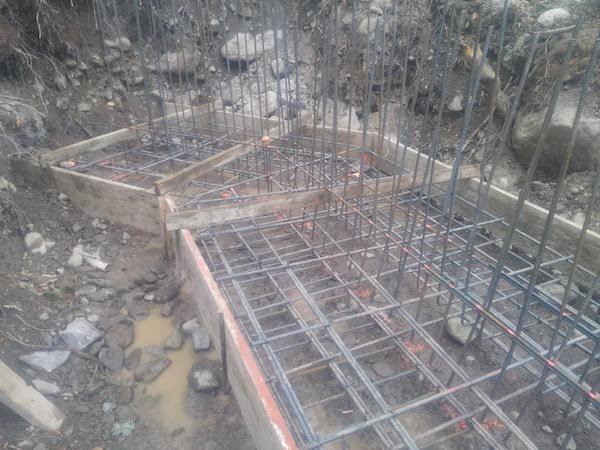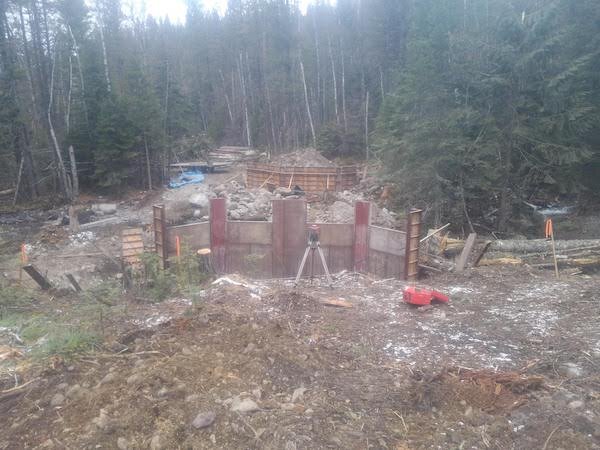More Qube Thoughts
I’ve had my Accuquilt cutters for several years now. I started with a Go! cutter that I bought at Joann Fabrics back when they were still an Accuquilt retailer. I still have that cutter and still use it, but last year I bought myself an Accuquilt Studio cutter, a bigger, beefier model.
I am glad I upgraded. The Studio cutter usually remains set up so I can process leftover fabric quickly and sort it into the scrap bins.
The dies are foam boards with steel blades embedded in them. As the dies go through the cutter, a couple of steel rollers compress the fabric against the blades and slice it into the appropriate shape(s). In the photo above, you can see my Go! die for cutting 2-1/2” squares. It is sitting on top of a white plastic adapter that allows me to use it in my Studio cutter.
The Go! dies can cut six layers of quilting cotton. The Studio dies can cut 10 layers. The Studio dies are also much bigger and can cut multiple shapes at once. I have a Go! die with two squares on it which can cut twelve 5” squares in one pass. The Studio 5” square cutter has eight squares on it and can cut eighty 5” squares in one pass.
The Accuquilt cutter is one of those tools that can do several different things. It has taken some time for me to figure out its best and most appropriate use in my system.
Appliqué: The cutters are fabulous for people who do a lot of appliqué. Fuse the fabric for the appliqué to some fusible webbing before running it through the cutter, and when the shape comes out, it’s all ready to be ironed to the base fabric.
Strip cutting: I can’t live without the strip dies, especially the larger Studio ones. I’ve got them in every increment from 1” to 3”. They slice up the long pieces of fabric that get trimmed off the edges of quilts before binding. And cutting binding strips, both straight grain and bias binding, is a snap.
Geometric shapes: I love the 2-1/2” square die, the 5” square, the tumblers, the triangles, and the rectangles. They gobble up all of my smaller, odd-shaped leftover pieces.
Quilt blocks: Accuquilt has something they call “Block on Board (BOB)” dies, which cut all the shapes for a single quilt block. Some of these are more useful to me than others. The Drunkard’s Path dies (3-1/2”, 4-1/2”, and 7” sizes) make short work of cutting curved pieces. I got the Cleopatra’s Fan die because I didn’t want to have to cut 10 different shapes for one block using templates. I usually cut other blocks, like Ohio Star, with a rotary cutter, for reasons I’ll talk about in a moment.
Miscellaneous dies: Accuquilt makes dies for bowl cozies, bibs, pincushions, stockings, and other items that people might want to make in quantity. These usually come with nice features, like darts already cut in, that speed up the sewing considerably.
Custom dies: If you want to make a block for which there isn’t a die, or you need some other custom shape, Accuquilt offers a custom die service. Tera has used this with great success. You send Accuquilt the sketch and measurements and they confirm them and make the die. I suspect a good number of the new dies they launch each year started out as custom dies. I did kick around the idea of getting a custom die for Noon and Night, but decided against it.
The reason that the Block on Board dies—with the exception of ones with odd shapes, like Cleopatra’s Fan—aren’t as useful to me has to do with my block construction style. There are two schools of thought about making quilt blocks. Some people prefer to cut pieces to the exact measurements and sew them together. Tera once took a class from a teacher who preferred this method to the point where she would soak the fabric pieces in liquid starch and let them dry before cutting. Other people prefer to cut pieces slightly larger and trim them down to the proper measurements. I don’t think one approach is better than the other; you need to know your preferred working style and also determine what technique is best for the situation at hand.
[There are no quilting police. Don’t let anyone tell you otherwise. Do what makes you happy and gives you the result you want.]
As I mentioned, there were two issues I ran into when thinking about writing a pattern that incorporated both conventional rotary cutting instructions and Qube cutting instructions. One was the difference in block sizes. The second was an issue I ran into with bias edges stretching.
When I write a pattern, I’m always, always, always trying (although sometimes I fail) to anticipate problems that might arise. I can’t assume that a quilter is going to know how to adjust to sewing with bias edges, and the last thing I want is for someone to be unhappy with the pattern (because then they will be unhappy with the designer). It’s a balancing act.
The Broken Wheel block uses a square-in-a-square unit. This is often constructed by sewing triangles to the sides of a square. The Qube system comes with the two dies needed to make the SiS units. One block cuts two triangles and one cuts a square on point, and the Qube block instructions specify to use these two dies to make the SiS units.
I am going to take a momentary side excursion into the technical weeds. Despite its name, the square on point die does not actually cut a square with the points aligned true to the lengthwise and crosswise grain. Any square can be placed “on point” within a unit or quilt block; truly cutting a square “on point” is going to result in all four sides being on the bias, which no one wants as it would wreak havoc with the piecing. When the Qube instructions refer to the square on point die, it means that this square will be placed on point within the unit or block. However, squares cut with this die could certainly be used in a situation where they aren’t on point, as long as they are the correct size. It’s a niggling detail, but one I thought was important to point out.
I cut some of each shape and started making SiS units. It is crucial to note that the long edge of the triangles—the side that gets sewn to the side of the square—is on a bias edge.
Bias edges stretch, requiring gentle handling and a good deal of starch. Despite knowing this and adjusting accordingly, I wasn’t happy with the way my SiS units were coming out. They had an annoying tendency to stretch in the middle of that triangle-to-square seam, even with starch, lightened foot pressure, and careful pressing (not ironing!), which resulted in a SiS unit that was slightly rounded. That made seaming the SiS units to other units problematic, and I didn’t have enough extra fabric at the edges to trim them to square.
[I will note that I was sewing on Vittorio, my vintage Necchi. I did not try piecing on my Janome with the even-feed piecing foot, which may have alleviated some of this problem. I prefer piecing on Vittorio, though.]
Fortunately, there is a different technique which yields a better (at least for me) result. Esther alluded to this in one of her comments on my previous Qube post. Instead of sewing an already-cut triangle unit to the side of the square, I sewed a smaller square diagonally to each corner of the larger square, trimmed it and pressed the triangle back. The result was a perfectly square block. By sewing that seam while the bias edge was still contained within the weave of both squares, I avoided the stretching problem. It does involve a bit of waste, but one could always save the little triangles that get trimmed off and make this quilt.
I know that was a long and convoluted trip through my thought processes, but I’d like to think that it makes for interesting reading. (And possibly helpful for anyone out there considering an Accuquilt cutter.)
**************************************************
I have reached the home stretch with Noon and Night. I have 12 blocks left to quilt and then it’s on to trimming and binding. I may leave that work for Monday as the house needs some attention and I have to start sorting paperwork for tax prep. I confess to making a big pile of it during the year because I hate filing. If I work on it in 20-minute chunks here and there, though, it is less overwhelming. And I might work on the next quilt project just for a change of scenery.

























































